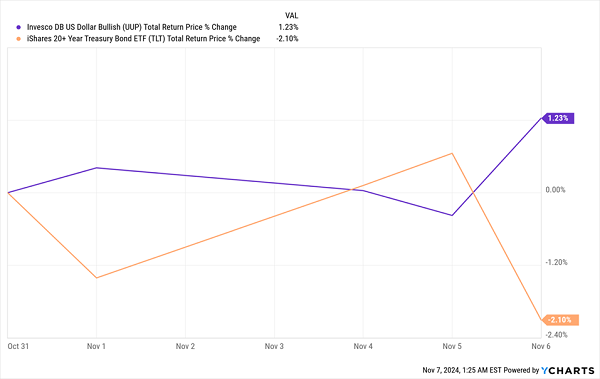Think back three months: The market was in the throes of the “tariff terror.” Us? We were doing what we always do: sifting out overly beaten down closed-end funds (CEFs) with huge yields.
Today, the stock market is doing the opposite of what it was back then—levitating from all-time high to all-time high. And we’re still finding bargain-priced dividends. Right now, some of the best ones are in corporate-bond CEFs.
Let’s keep at it now by zeroing on two corporate-bond CEFs that are still undervalued—though one much more than the other. On average, they yield north of 9%.
I mention the April tariff crash for a reason: In an April 17 article (published as trade confusion reigned), I focused on two oversold PIMCO corporate-bond funds that, at the time, yielded 10.1% between them.… Read more


Recent Comments